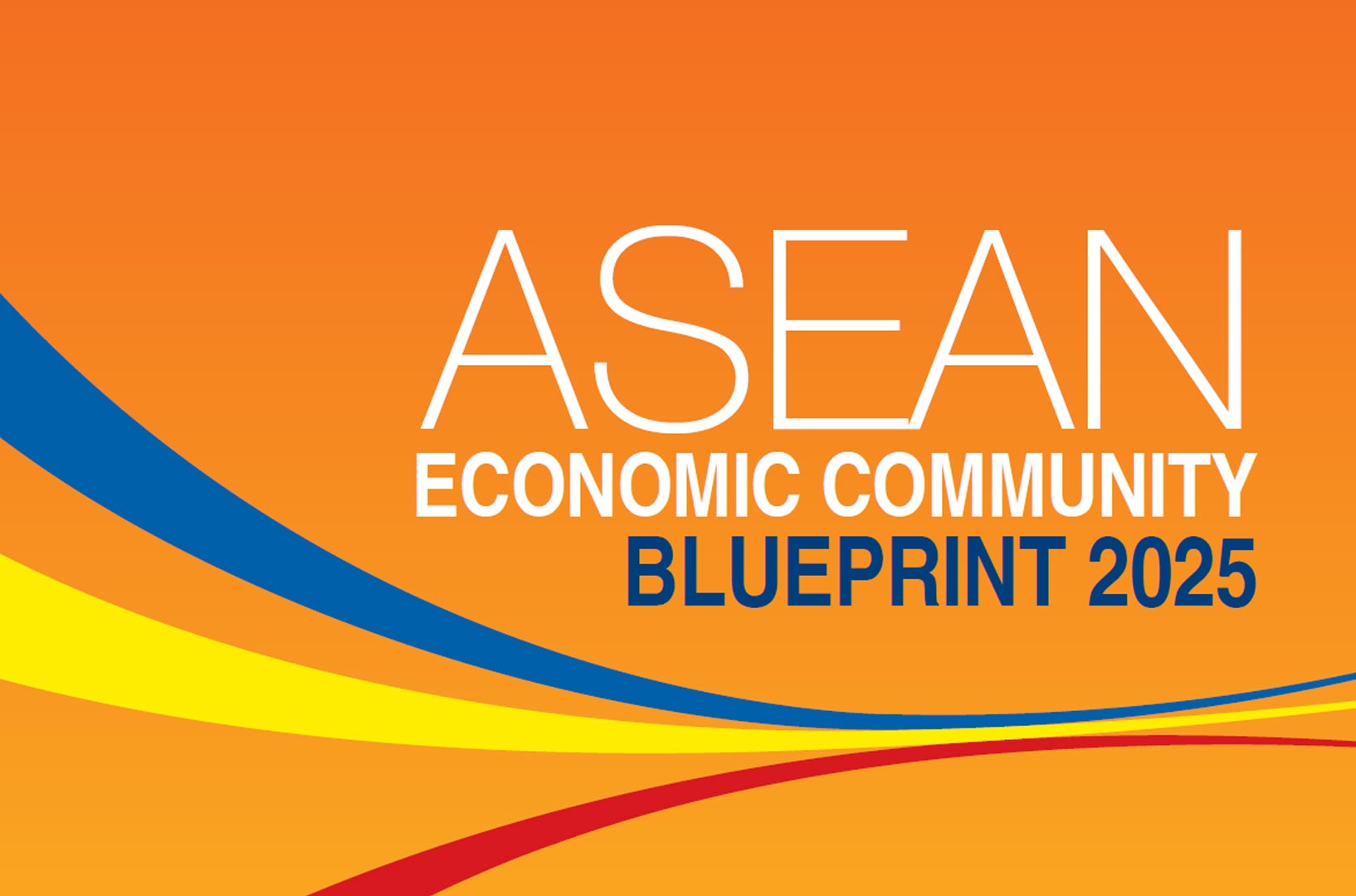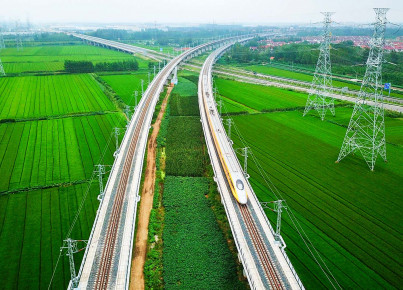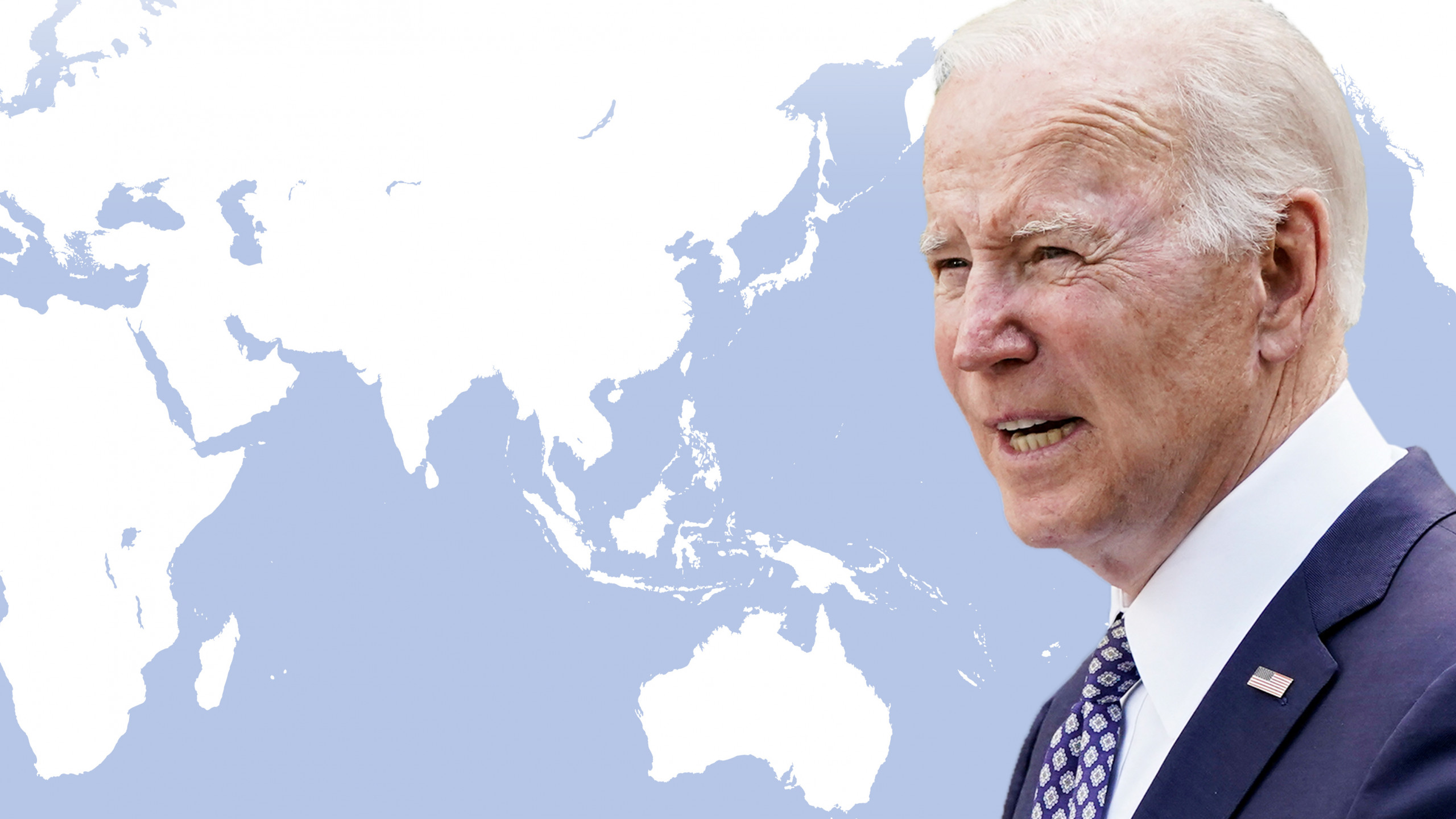While the ASEAN Economic Community (AEC) sums up the results achieved with its AEC 2025 plan, the European Union would better protect the special space it has carved out in its relations with Southeast Asia.
The mid-term review of the AEC Blueprint 2025 was held on 28th April, with the participation of an EU delegation in ASEAN. The activities of the ASEAN Economic Community (AEC) are coordinated through this development plan, designed relying on the studies on regional economic environment provided by the Economic Research Institute for ASEAN and East Asia (ERIA), the S. Rajaratnam School of International Studies (RSIS) and the Institute of Southeast Asian Studies (ISEAS), which helped define the AEC guidelines for the coming years. The AEC Blueprint 2025 was developed on the basis of the previous AEC 2015 and it aims at achieving some general objectives: an integrated and cohesive economy; competitiveness, innovation and dynamism in ASEAN; sectoral connectivity and cooperation; greater inclusiveness and people-centered approaches; and finally an ASEAN that aspires to become a relevant global player. Furthermore, it is not only a significant document for the economies of Southeast Asia but also for international partners such as the EU.
The review evaluated the results obtained in the first years of implementation. According to Secretary General Dato Lim Jock Hoi, who spoke at the meeting, it would be appropriate to shed light on three fundamental dimensions. First of all, despite the positive performances, these results are not enough: the Association needs to improve the responsiveness to cross-cutting issues and cross-sector coordination. Secondly, even if the primary goal remains to achieve greater economic integration, ASEAN must always keep in mind that the external environment is evolving and that if urgent challenges such as climate change intensify, it is necessary to adjust the 2025 plan accordingly, incorporating these new instances. Third, ASEAN needs to consider the material characteristics of its markets and address gaps and complexities through regional cooperation.
A delegation from the European Union was also present at the launch of the mid-term review, which welcomed the constancy that the Association has shown in maintaining these economic and commercial commitments. Just ten days earlier, on April 19th, the EU had inaugurated its Strategy for Cooperation in the Indo-Pacific, which recognizes the growing economic and geopolitical importance that the region has been demonstrating in recent years. The European Union and ASEAN share the most mutually advantageous relations, having worth to the latter around 123 billion euros in exports in 2020, according to estimates by the International Trade Center. Furthermore, not only does the Indo-Pacific region account for a significant share of world GDP and nearly two-thirds of global growth, it also has some of the biggest fractures in the global geopolitical mesh. Amidst issues relating to disputes with China in the South China Sea, a particular exposure to the most disruptive consequences of climate change, and the fact that regional actors have different preferences compared to countries with which to cooperate more actively, Southeast Asia is very much more than an economic hub for Europe.
Therefore, closely observing the political and economic dynamics of the ASEAN countries is essential to be able to glimpse the direction that the global economy could take in the future. Not only does the Southeast Asian region have a huge and developing market despite the pandemic but the way in which these economies react to the threat of environmental disasters, and to issues related to the inclusion of marginalized social categories, is the perfect synthesis of the global challenges that await us all. This is why the AEC Blueprint 2025, a proper regional project, has its own relevance also for the Union, which seems to have carved out a role as the main supporter of the economic development of Southeast Asia. Although they are regional organizations of a different nature, ASEAN and EU represent the most advanced economic integration projects in the world, and also share some of the value paradigms on which they are based: multilateralism, rule of law, free market. Hence, the Union should take the opportunity of these affinities to protect the advantage acquired over economic partners that are geographically closer, but ideologically much further away.






